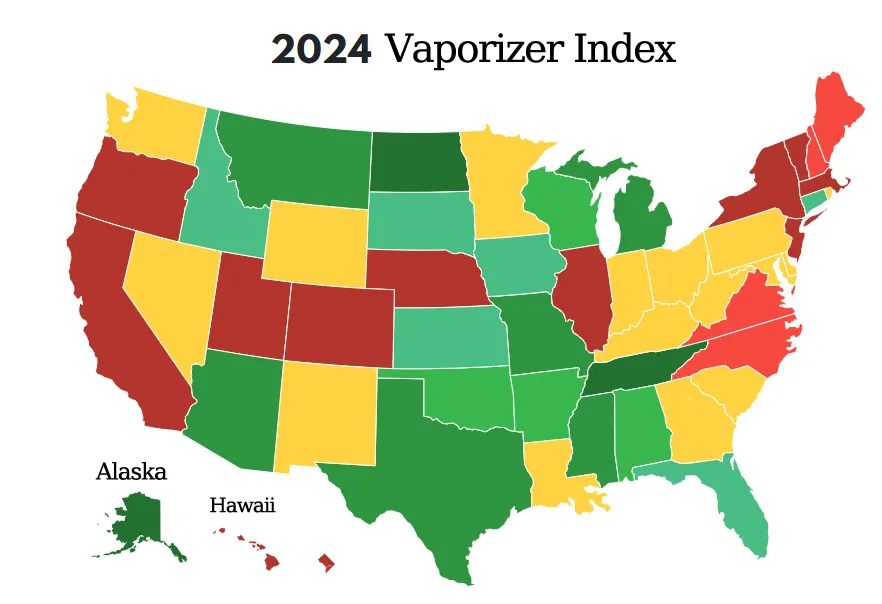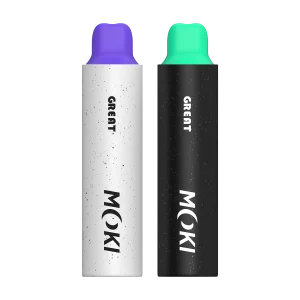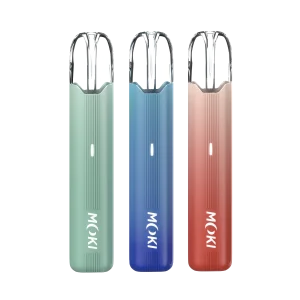The True Reasons Behind Vaporizer Bans
The vaporizer industry has been a subject of intense debate and scrutiny in recent years. As the market for vaping devices continues to evolve, so does the regulatory landscape. Many are left wondering about the true reasons behind the bans on vaporizers. Let’s explore the science, health, and legal factors that are shaping this trend.

Health Concerns as a Major Factor in Vaporizer Bans
While vaporizers were initially marketed as a safer alternative to traditional cigarettes, recent health issues associated with their use have raised alarms. Studies have identified potentially harmful chemicals in e-cigarette vapor, including nicotine, formaldehyde, and acetone, which can adversely affect the respiratory and cardiovascular systems. A condition known as “e-cigarette or vaping product use-associated lung injury (EVALI)” has further fueled safety concerns.
The Rising Popularity Among Youth as a Key Factor in Bans
The appeal of vaporizers among young people has become a significant factor leading to bans. Manufacturers have attracted youth with flavored e-liquids and stylish devices, leading to a rapid increase in youth vaping rates. This trend has raised concerns about vaporizers acting as a gateway to nicotine addiction among young people. To protect the health of the younger generation, regulations have been introduced in many countries to restrict or ban the sale and use of vaporizers among minors.
Regulation and Market Chaos of Vaporizers
The rapid growth of the vaporizer market has led to a plethora of vape products and brands, making effective regulation challenging. The industry has struggled with inconsistent standards and market information asymmetry. Low-quality or non-compliant products pose significant health risks and have contributed to market chaos. Some countries have chosen to ban vaporizer to curb this disorder and ensure product quality and safety, thereby protecting public health and consumer rights.
The reasons for banning vaporizers are multifaceted, including health, youth smoking, and market regulation. As scientific research continues to unfold and societal understanding of vaping devices deepens, the regulation of vaping devices will remain a subject of attention and adjustment. Establishing a scientifically sound and reasonable regulatory framework, while balancing health, social, and economic interests, will be key to the future development of the e-cigarette industry.
It’s clear that while vaporizers have met consumer demands to some extent, the underlying health issues cannot be ignored. When purchasing vapes, it’s crucial to maintain a rational and objective attitude. Whether it’s vaporizers or traditional cigarettes, reducing smoking frequency is essential for ensuring good health. As the vaping industry navigates these challenges, the focus should be on providing safer alternatives that align with consumer needs and regulatory standards.
MOKI learned from tobaccoreporter that the Consumer Choice Center has released the second Vaporizer Index of American States, which covers 50 states and the District of Columbia. According to the index, only three states, Alaska, North Dakota and Tennessee, received an A+ rating in evidence-based e-cigarette policy research.
This rating means that these States have the ability to use e-cigarettes as a tool to reduce harm, while still allowing consumers to choose. Other states that performed well were Arizona, Michigan, Mississippi, Missouri, Montana, Texas, Alabama, Arkansas, Oklahoma and Wisconsin.
In contrast, 12 states overwhelmingly adopted restrictive policies for e-cigarette users and e-cigarettes, including Utah (0), California (penultimate 5), Vermont (10), Oregon, New York, New Jersey, Nebraska, Massachusetts, Illinois, Hawaii, Washington, D.C. and Colorado (all 15). Since the e-cigarette index was released in 2020, the number of states with low scores has doubled.
“Vaporizers can save lives,” said Emile Panzaru, research director of Consumer Choice Center. “If all smokers in the United States switch to vaping devices within 10 years, the number of premature deaths in the United States will be reduced by 6.6 million.” Unfortunately, policy makers all over the United States have not realized that e-cigarettes are an effective harm-reducing substitute for traditional combustible tobacco products. E-cigarettes are often mistaken for tobacco products, so they are subject to severe taste ban, higher tax rate than cigarettes, product registration and online sales ban.
“These policies prevent consumers from getting rid of more dangerous smoking habits and encourage the black market of vaping products. The end result is that the laws of the States are chaotic and contrary to the latest public health practices around the world. “
The purpose of American E-cigarette Index is to let consumers know about the e-cigarette policy in their region, and to emphasize the necessity of making more sensible and rational legislation. The Consumer Choice Center weighed five factors in the index:
- Whether the country considers e-cigarettes as tobacco products;
- State-level electronic cigarette taste restriction;
- Requirements of national registration center (similar to the database approved by FDA);
- Impose additional consumption tax on e-cigarettes;
- Whether there is a ban on online sales.
“Let’s clarify the experience record,” Panzaru said. “The best research conducted by authoritative organizations such as the British Ministry of Public Health admits that e-cigarettes are 95% safer for users than combustible tobacco. Evidence from the New England Journal of Medicine found that e-cigarettes are twice as effective as any nicotine tablet, patch or spray in quitting smoking, which helps people to quit smoking.
“In addition, a review of 15 different studies found that there was little evidence that the so-called portal effect led teenagers to switch from smoking e-cigarettes to smoking or taking hard drugs.”
Panzaru concluded: “The national authorities should not adopt a policy of ignoring evidence and being ineffective, but should devote themselves to studying and learning from the Swedish example. Sweden is the first smoke-free country in Europe, thanks to the recognition of e-cigarettes as a harm reduction tool promoted by research. “
MOKI is committed to research, development and production of e-cigarette products that meet the policies and regulations of the e-cigarette market, and provide consumers and partners with healthier products and products that meet the preferences of the local market.









